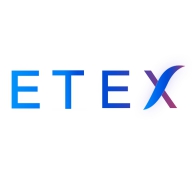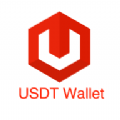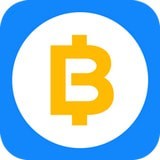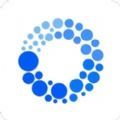比尔·盖茨为《刷新》作序: 微软CEO的未来指南
我会花很多时间思考未来。每当决定接下来要读哪本书时,我常常选择那些从另一个角度分析社会发展趋势的书。所以当微软首席执行官萨提亚·纳德拉(Satya Nadella)告诉我他正在写一本关于技术未来的新书时,我迫不及待地想要读到它。因此,当他请我为这本《刷新》作序时,我便欣然同意了。
下面就是我写的推荐序,希望你能喜欢。对于微软及整个科技行业的转型,萨提亚有很多有意思的事情与大家分享。数十年来,我从他的深刻见解中受益匪浅,我很高兴地看到现在其他任何人都有同样的机会向他学习。
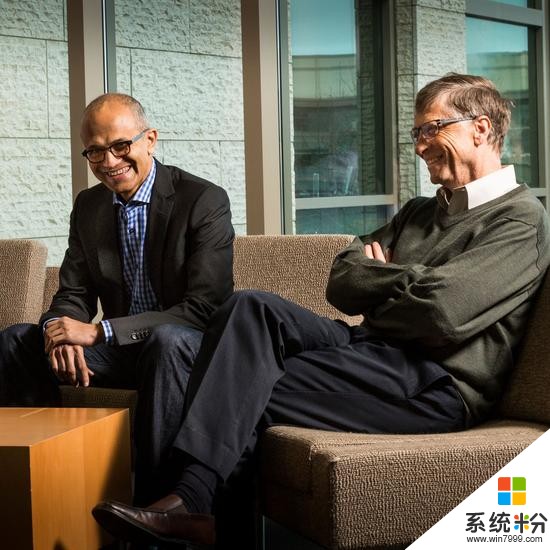
推荐序
我认识萨提亚·纳德拉已经有20多年了。我们初次相识是在20世纪90年代中期,那时我是微软首席执行官,他从事服务器软件方面的工作。服务器软件在当时还是一个刚刚起步的业务,我们采取了一个长期发展策略,这带来了两方面的好处:一是给公司增加了一个成长引擎,二是培养了很多新的领导者,他们现在管理着微软,其中就包括萨提亚。
后来,他变换工作方向,转而打造微软世界级的搜索引擎。这之后,我们在工作上的互动更加频繁。我们已经落后于谷歌(Google),我们最初的搜索引擎团队正在追赶。扭转乾坤的人中就有萨提亚。他是一个谦逊、有远见和务实的人。他既能针对策略提出有见地的问题,也能与核心工程师融洽相处。
所以,在出任微软首席执行官之后,萨提亚很快就把自己的印记烙在了公司的方方面面,对此我一点也不奇怪。正如本书书名所表明的,他并没有与过去完全决裂:当你在浏览器上点击“刷新”按键时,页面上的一些内容仍保持不变。但在萨提亚的领导下,微软已经改变先前完全以Windows(“视窗”)为中心的策略。他赋予公司大胆的新使命。他总是处于一种对话状态,不断与客户、顶尖研究人员和高管沟通交流。而至关重要的是,他在一些关键技术上加大投入,比如人工智能和云计算等,这将会打造一个全新的微软。
这是明智的策略,不仅对微软如此,对任何想在数字时代取得成功的公司也是如此。计算机产业比以往任何时候都更复杂。时下,除了微软之外,还有很多大公司在从事创新性工作,比如谷歌、苹果(Apple)、脸谱网(Facebook)和亚马逊(Amazon)等。前沿用户遍布世界各地,而不仅仅独在美国。对大多数用户来说,个人计算机(PC)也不再是他们唯一的或者说主要的计算设备。
尽管计算机产业变革迅速,但我们现在仍处于数字革命的起步阶段。以人工智能为例:想一想,在处理日常琐事、安排会议和支付账单等常规活动上,我们花费了多少时间?未来,人工智能助理会知道你在工作、有10分钟的空余时间,然后协助你完成待办事项中的优先事务。人工智能将会让我们的生活更有成效和更具创造性。
创新还将改善生活中的其他很多方面。这也是我在盖茨基金会最主要的工作。盖茨基金会致力于减少世界上最严重的不平等现象。数字追踪工具和基因测序已帮助我们几近消灭脊髓灰质炎,它将成为第二个被彻底根除的人类疾病。在肯尼亚和坦桑尼亚等国家,数字货币让低收入用户第一次能够储蓄、借贷和转账。在美国各地的课堂,个性化学习软件可以让学生们自主掌握进度,让他们把注意力放到最需要提升的技能上。
当然,新技术一定会带来新挑战。我们如何帮助那些被人工智能助理和机器人取代工作的人?用户会相信人工智能助理提供的所有信息吗?如果人工智能助理在工作方式方面给你建议,你会接受吗?
这正是这本书价值非凡的原因。在直面难题的同时,萨提亚也对如何最大限度利用技术所带来的机遇给出了一个路线图。另外,他在书中还引人入胜地讲述了自己的故事,各种精彩语录很可能超乎你的想象;书中甚至还包括他深爱的板球运动方面的一些体会。
我们应该对未来保持乐观。这个世界正变得越来越好,进步的速度也越来越快。这是一本极具思想性的指导书,引领我们迈向令人兴奋、充满挑战的未来。

Satya Nadella’s Guide to the Future
I spend a lot of time thinking about the future. When I’m deciding which book to read next, I often reach for ones that offer another perspective on where society is headed. So when Microsoft CEO Satya Nadella told me that he was working on a new book about the future of technology, I couldn’t wait to read it. And when he asked me to write an introduction for Hit Refresh, I was happy to say yes.
I hope you’ll enjoy my foreword, which I’ve shared below. Satya has a lot of interesting things to say about the transformation of both Microsoft and the tech industry at large. I’ve benefitted from his insights for decades, and I’m glad everyone else will now have the same opportunity to learn from him.
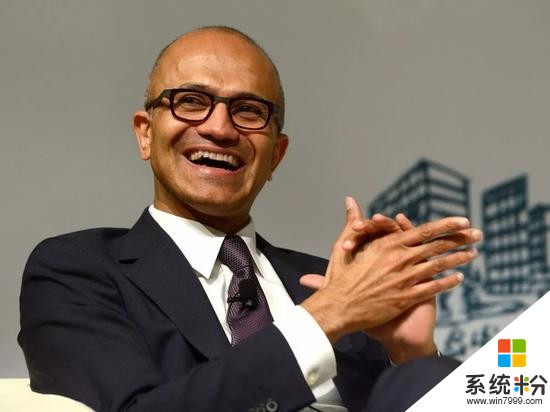
Foreword:
I’ve known Satya Nadella for more than twenty years. I got to know him in the mid-nineties, when I was CEO of Microsoft and he was working on our server software, which was just taking off at the time. We took a long-term approach to building the business, which had two benefits: It gave the company another growth engine, and it fostered many of the new leaders who run Microsoft today, including Satya.
Later I worked really intensely with him when he moved over to run our efforts to build a world-class search engine. We had fallen behind Google, and our original search team had moved on. Satya was part of the group that came in to turn things around. He was humble, forward-looking, and pragmatic. He raised smart questions about our strategy. And he worked well with the hardcore engineers.
So it was no surprise to me that once Satya became Microsoft’s CEO, he immediately put his mark on the company. As the title of this book implies, he didn’t completely break with the past—when you hit refresh on your browser, some of what’s on the page stays the same. But under Satya’s leadership, Microsoft has been able to transition away from a purely Windows-centric approach. He led the adoption of a bold new mission for the company. He is part of a constant conversation, reaching out to customers, top researchers, and executives. And, most crucially, he is making big bets on a few key technologies, like artificial intelligence and cloud computing, where Microsoft will differentiate itself.
It is a smart approach not just for Microsoft, but for any company that wants to succeed in the digital age. The computing industry has never been more complex. Today lots of big companies besides Microsoft are doing innovative work—Google, Apple, Facebook, Amazon, and others. There are cutting-edge users all around the world, not just in the United States. The PC is no longer the only computing device, or even the main one, that most users interact with.
Despite all this rapid change in the computing industry, we are still at the beginning of the digital revolution. Take artificial intelligence (AI) as an example. Think of all the time we spend manually organizing and performing mundane activities, from scheduling meetings to paying the bills. In the future, an AI agent will know that you are at work and have ten minutes free, and then help you accomplish something that is high on your to-do list. AI is on the verge of making our lives more productive and creative.
Innovation will improve many other areas of life too. It’s the biggest piece of my work with the Gates Foundation, which is focused on reducing the world’s worst inequities. Digital tracking tools and genetic sequencing are helping us get achingly close to eradicating polio, which would be just the second human disease ever wiped out. In Kenya, Tanzania, and other countries, digital money is letting low-income users save, borrow, and transfer funds like never before. In classrooms across the United States, personalized-learning software allows students to move at their own pace and zero in on the skills they most need to improve.
Of course, with every new technology, there are challenges. How do we help people whose jobs are replaced by AI agents and robots? Will users trust their AI agent with all their information? If an agent could advise you on your work style, would you want it to?
That is what makes books like Hit Refresh so valuable. Satya has charted a course for making the most of the opportunities created by technology while also facing up to the hard questions. And he offers his own fascinating personal story, more literary quotations than you might expect, and even a few lessons from his beloved game of cricket.
We should all be optimistic about what’s to come. The world is getting better, and progress is coming faster than ever. This book is a thoughtful guide to an exciting, challenging future.


